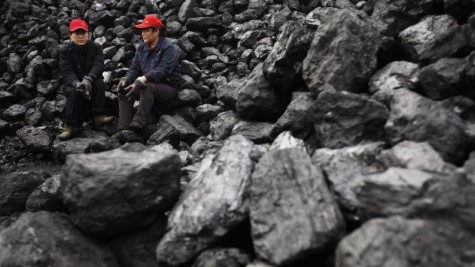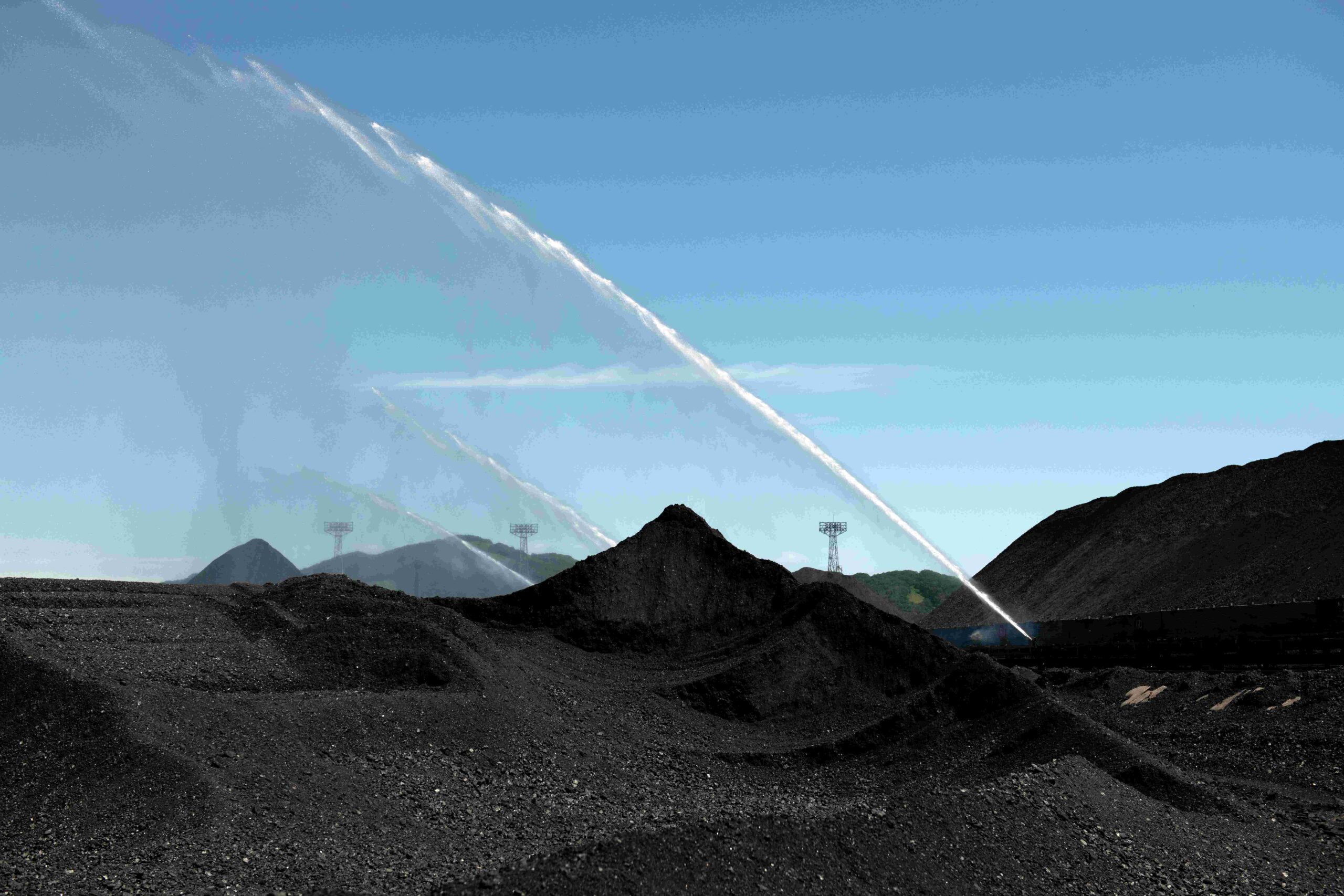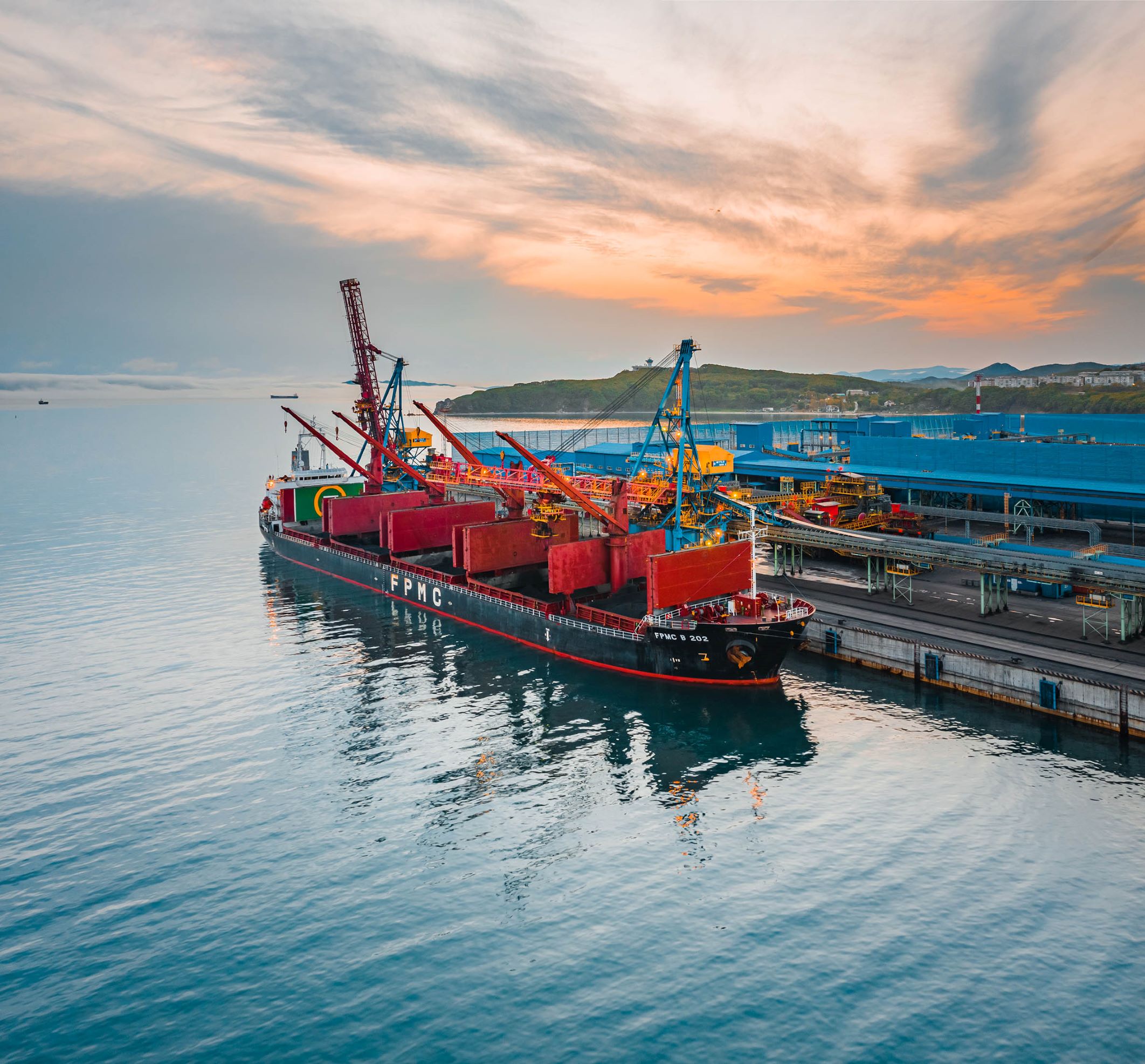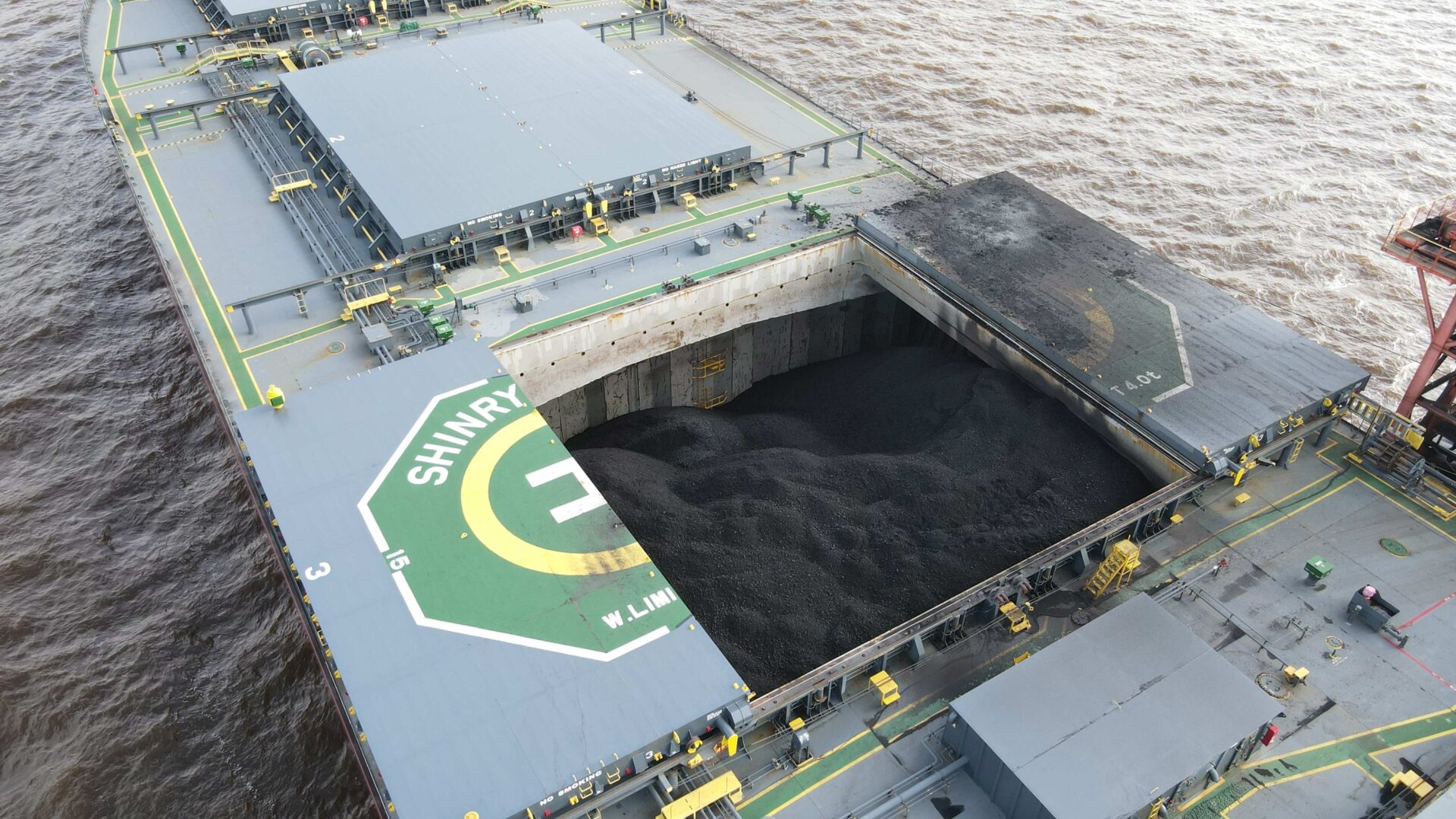

The unexpected jump in electricity consumption in China due to exceptionally robust industrial activity and low temperatures has led power rationing measures to be introduced this month by Central China’s Hunan and East China’s Jiangxi and Zhejiang provinces. This is an unusual occurrence in winter, which also challenged domestic supply of coal, the core fuel for electricity generation, Mysteel Global notes.
In reply to a question at a press conference in Beijing on December 21 about the rationing, Zhao Chenxin, secretary general of China’s National Development and Reform Commission (NDRC), replied that the key reason was the jump in demand.
Power consumption in Hunan and Jiangxi has been surging since the start of December and in the first ten days of this month, Hunan’s total power generation swelled 19.8% on year, while the province’s consumption load at one point during the period reached an all-time record high 31.4 million kW, Zhao noted.
During the same period, Jiangxi’s total power generation surged 18.4% on year and its highest consumption load reached 26.3 million kW, some 500,000-600,000 kW higher from the previous record high, Zhao said. Meanwhile, power generation in Zhejiang rose notably too, by 9.2% on year, though no specific volume was cited.
In China, power consumption usually peaks in summer not in winter, as the cold weather prompts manufacturers, building contractors and other large electricity users to slow down their operations, Mysteel Global understands. Zhao noted that power supplies for residential purposes in these provinces are unaffected.
Hunan and Jiangxi have been key regions for energy supply, as the two provinces are far from the country’s coal mining hubs and there are also obstacles for transmission of electricity generated from other provinces, Zhao explained.
Power supply in Zhejiang, however, can meet local demand, and the ongoing restrictions on power consumption were driven by energy-saving and emission-curtailment measures in some parts of the province, he added.
Mysteel Global notes that supplies of coal, China’s core fuel for power generation, have been tight too, impacted by the tough safety inspections in the top coal mining regions. Though Beijing had released a series of measures to boost coal production and delivery, and had allocated new quota to help lift imports of thermal coal as reported, the country’s spot prices for thermal coal have continued to refresh new highs.
For example, as of December 23 Mysteel’s price assessment for the 5,500 Shanxi blend thermal coal price had risen another Yuan 15/tonne ($2.3/t) on week to Yuan 780/t in Qinhuangdao in North China’s Hebei, hitting a high since May 14, 2012. The price had been far higher than the warning line of Yuan 600/t settled by NDRC.
To secure steady energy supplies, NDRC will continue to guide power generators to lift operations and will direct key coal miners in North and Northwest China to keep producing while ensuring safety, Zhao said at the conference. The commission will also help coordinate thermal coal transportation to boost power generation, according to him.
Due to tight power availability, the above-mentioned provinces have released detailed electricity rationing guides to temper the high demand, Mysteel Global understands. For example, beginning on December 8, Hunan province has imposed new restrictions to limit power consumption during 10:30-12:00 and 16:30-20:30 each day. The provincial government gave no indication of when the restrictions would be eased.
During the power rationing period, power distribution for households will be prioritized, and power consumption in administrative units and scenic spots will be controlled, the Hunan government said.
Industrial activities in Hunan were impacted by the power rationing too, Mysteel Global understands. Hunan’s ferrochrome smelters were ordered to reduce working hours to 12 hours/day on average, or 40%-45% of their normal output. To avoid blackouts during winter, those smelters in Hunan have been ordered to limit their operations to 19 hours/day, ahead of the new power consumption control measure, according to Mysteel’s survey.
Hunan is also a key production hub for electrolytic manganese and output of this too is being impacted by the recent power control measures. As of December 23, Mysteel’s price assessment for the 99.7% electrolytic manganese soared by Yuan 2,600/tonne on month to Yuan 13,000/t including the 13% VAT, a high since July 29, 2019.
Written by Sean Xie, xiepy@mysteel.com
Edited by Russ McCulloch, russ.mcculloch@mysteel.com
Follow on Twitter:
[tfws username=”MysteelGlobal” height=”700″ width=”350″ theme=”light” color=”#FAB81E” tweets=”2″ header=”yes” footer=”yes” borders=”yes” scrollbar=”yes” background=”yes”]













